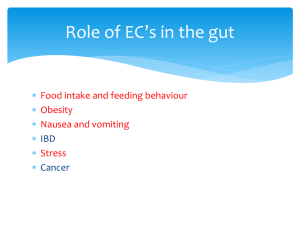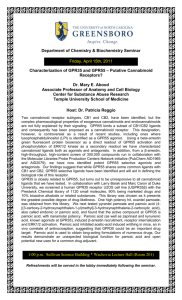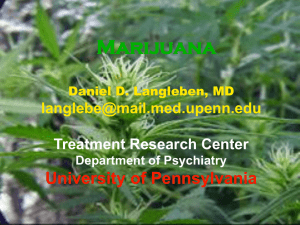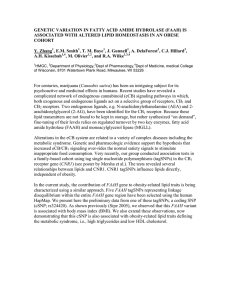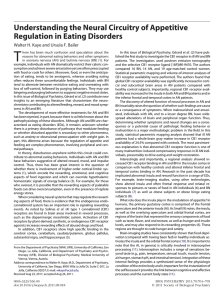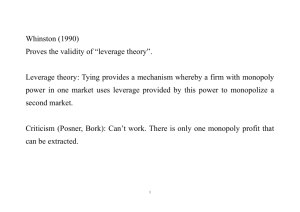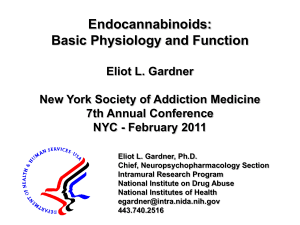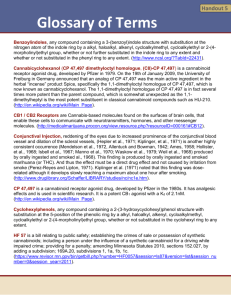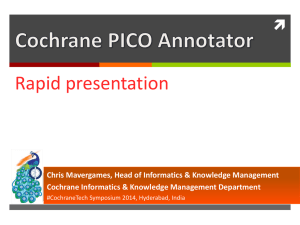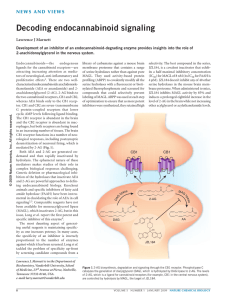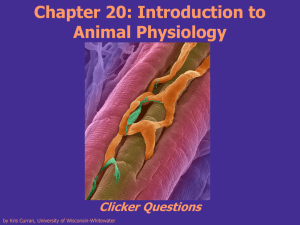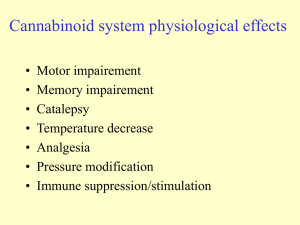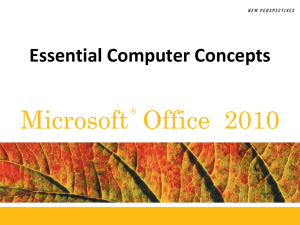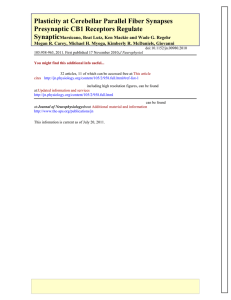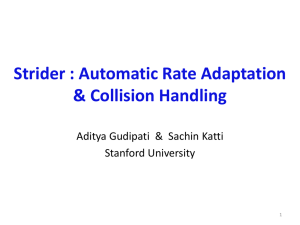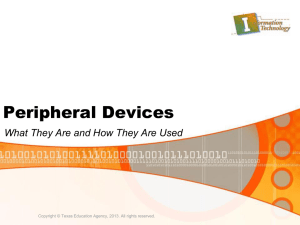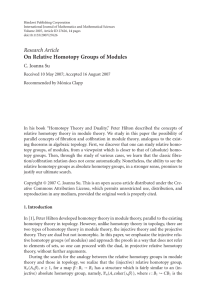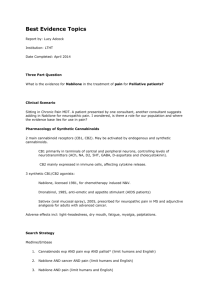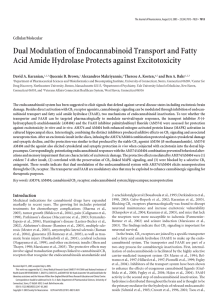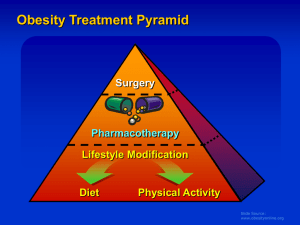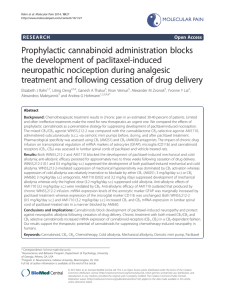2013-rimonabant-witkamp
advertisement
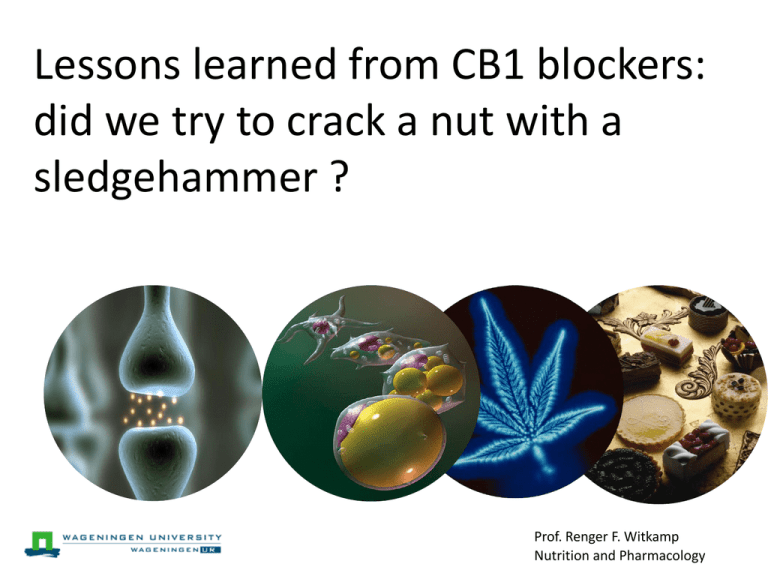
Lessons learned from CB1 blockers: did we try to crack a nut with a sledgehammer ? Prof. Renger F. Witkamp Nutrition and Pharmacology Lancet, 2007 Clearly, these side-effects were not expected, but.... • Where did it go wrong (if at all) ? • Could (should) we have foreseen this ? • What can we learn from it ? Analysis: elements and drivers • • • • • The obesity and metabolic syndrome market A pharmacological battle difficult to win A pleiotropic system as target First in class & relatively new target Risk-benefit balance : not too much credit Weight management market Problem with high prevalence Clear unmet medical and social need Not much competition so far Succesful drug will become blockbuster Pharmacological management of body weight: a battle against the most powerfull instincts Story of weight loss drugs is cumbersome and full of serendipity Bray GA & Greenway FL (2007) Pharmacological Reviews 59(2): 151-184. Some pharmacological targets under development Witkamp, Pharm Res (2011) 28:1792–1818 Development pipeline (mid 2012) Nature Reviews Drug Discovery sept 2012 cannabinoids endo-cannabinoids The endo-cannabinoid system (ECS): Endocannabinoids: Formed “on demand” from lipid precursors in postsynaptic cells Many ligands, partly non-specific and overlapping with TRPV1, PPARα etc Retrograde messengers, but also other routes Receptors: CB1,CB2…. Essential role in energy metabolism, satiation, rewarding, craving, inflammation etc CB1 : central but also peripheral CB2 : mainly peripheral Effects of CB1 stimulation: non homeostatic overconsumption and fat storage Hypothalamus: hunger N. Accumbens: motivation to eat Entero endocrine regulation: continue eating Liver and adipose tissue: lipogenesis en lipid storage ^ Insuline resistance HDL-cholesterol ^ Triglycerides Glucose uptake Adiponectine In the brain: ECS stimulates Hedonic Hunger Consumption of food just for pleasure and not to maintain energy homeostasis. Food is consumed uniquely because of its gustatory rewarding properties. CB1 receptor is highly abundant in brain ….. and linked to “hedonic hotspots” Rimonabant was an effective and promising drug • Produced consistent weight loss. • Caused also direct metabolic effects of peripheral CB1 blockade (next to weightdependent cardiometabolic effects) • Approximately half of the overall effect of rimonabant was due to direct action on peripheral tissues for HDL-cholesterol, triglycerides, HbA1c, insulin and adiponectin ECS: endocannabinoid system; HDL: high-density lipop But what were the problems? CB1 = Pleiotropic target; ligands determine selectivity. Inverse agonists may not be good idea here Difficult kinetics, linked to side-of-action (lipofillic) Difficult endpoint: Rewarding/Hedonics Side-effects less well accepted in relation to indication CNS side-effects difficult to measure in animals Possible rescue of the target: Second generation CB1 blockers • Different kinetics : relatively lower brain concentrations and more peripheral action • Different dynamics : no inverse agonists like rimonabant, but neutral antagonists or partial agonists Conclusions • Weight loss is a difficult indication • Linked to well-being; hedonics • Multi-factorial, so are complications like MetSyndrome • Did it go too fast ? • Still relatively new and complex target • Pharmacology not optimal • Risk-benefit balance of class = challenging Lessons for the future ? • Improvements of clinical trial design taking into account mechanism of action. • Improve technical attrition (translational target to medicine) • Develop/Hire experienced drug hunters (who don’t just kill but ask the right questions) 22 Lessons for the future (2) ? • Human patient data and identification of best indication in early clinical development • Tailoring for specific patient (sub)populations (pathology, genotype, etc.) • Introduce creativity in translational and clinical research 23
